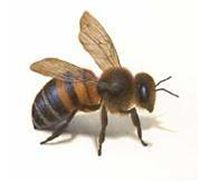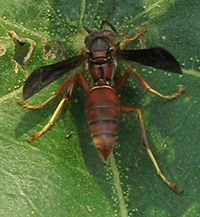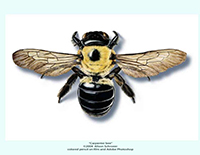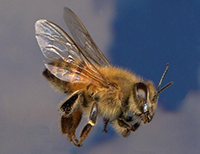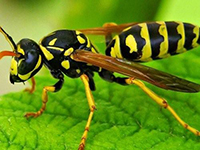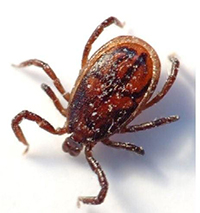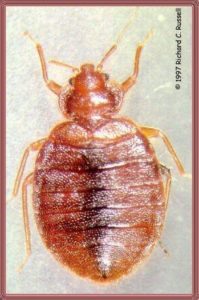Stinging/Biting
Fleas are parasites that feed on the blood of any warm-blooded body. The most common species is the cat flea, which often feasts on cats, dogs and humans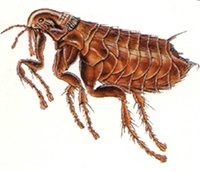
Color: Dark reddish-brown
Legs: 6
Shape: Flat
Size: 1/12 to 1/6 inch long
Habits
Fleas transport themselves on rodents and other mammals. They infest both household pets and wild animals. Fleas use their powerful legs to jump as high as 8 inches vertically and 16 inches horizontally.
Habitat
Fleas usually remain on their warm-blooded hosts at all times. They can also be found on shoes, pant legs, or blankets, which can transfer the fleas to new environments. They are often found infesting opossums, raccoons, and skunks in urban settings.
Threats
Fleas are the most common transmitter of the rare bubonic plaque. They also transmit the bacterial disease murine typhus to humans through infected rats. Their saliva can cause similar allergic reactions in humans. Fleas can also transfer tapeworms and cause anemia in pets. Flea bites commonly cause painful, itch red bumps.
Prevention
Clean and vacuum frequently to help remove flea populations and prevent the laying off eggs. Keep your lawn groomed to avoid rodent habitation. Protect pets by keeping them on a leash when outside, bathing and grooming pets regularly, visiting a veterinarian annually, and using flea treatments according to direction. It is important to hire a pest professional to rid your home of fleas.
Quarterly Service Program
Year Round Service
No charge for call backs.
Preventive Service
Less products inside your home.
Ease of Scheduling
Don't need a set appointment.
Better Service
Cater to your specific situation.

